I get so many questions every day from people I interact with, both in person and online, about what makes Fusion Mineral Paint different. When people first see it or hear of it, there is an assumption that it is just another chalk-type furniture paint to hit the market, and I can understand why.
Since Annie Sloan introduced her chalk-type paint line about 5 years ago, there has been an explosion of other companies making and branding their own chalk-type paint. Wal-Mart even carries a line of chalk-type paint now!
So the biggest challenge I have had in introducing Fusion to the market has been educating people about how it is not a chalk-type paint, but rather a completely new, and different furniture paint product.
Chalk-Type Paint vs Fusion Mineral Paint
Please note I am sharing from my own personal experience with the paints as I understand them. I am no way making a definitive statement of value on any line. I encourage you to try each line of paint and decide for yourself which you prefer!
Let’s take a few minutes and walk through some more specifics about the similarities and differences between chalk-type paint and Fusion Mineral Paint.
There chalk-type paint lines differ in some way in their specific formulas, but they produce the same essential result–a chalky-finish paint that sticks to most surfaces with little to no prep and finishes with a topcoat of wax (usually the recommended topcoat)
Chalk-Type Paint
Chalk-Type Paint’s Prep? There really is little to none. Chalk-type paint does stick well to virtually any surface. Although, I have had issue with it sticking to wood laminate pieces. It does save the steps of priming and sanding a piece before you paint it. In fact, sanding before using chalk-type paint is actually discouraged because it may cause the wood finish to bleed through the paint.
Chalk-Type Paint’s Consistency? Chalk-type paint tends to be thick, and can be watered down to make it smoother. Because it is thick it tends to paint with a lot of texture, which can help create that frenchy-shabby look you may be going for, or may work against you if you are wanting a finish that is super sleek.
Can You Mix Chalk-Type Paint Colors? Yes
Can You Distress Chalk-Type Paint? Yes, in fact chalk-type paint works great when going for a distressed finish! There is no sealer holding the paint onto the surface once it dries, so with very little effort the paint can be sanded off and distressed.
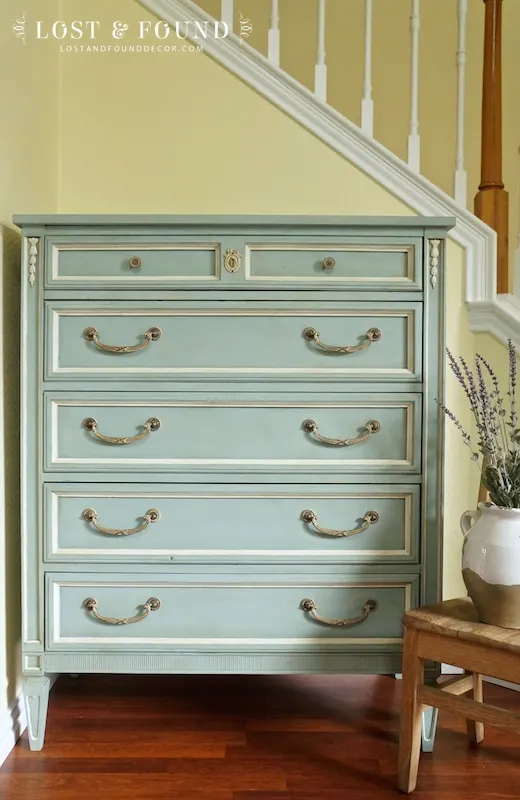
Can You Antique Chalk-Type Paint? Yes, applying a dark wax or antique glaze to chalk-type paint will bring out lovely detail and add great antique character. However, because chalk-type paint is porous it will soak up every bit of dark wax or glaze you apply, so it can be difficult to control just how much antiquing you get. Adding a dark wax properly can take a bit of practice!
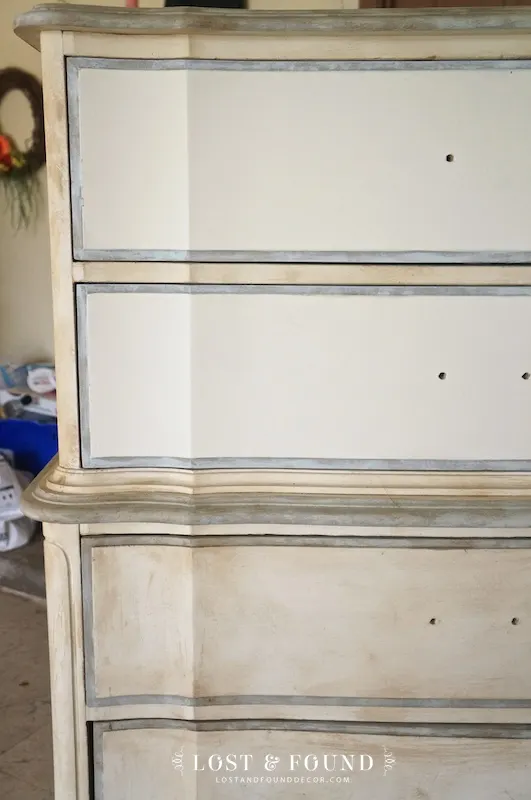
Is Chalk-Type Paint Waterproof? No. Chalk-type paints are porous and so not impervious to water or other liquids.
It is Chalk-Type Paint Stain-Proof? No, for the same reason mentioned above–without any sealer it is porous.
Does Chalk-Type Paint Require Sealing with a Topcoat Product? Yes, if you want the finish to last. Most chalk-type paint lines market paste furniture wax as the product to use to seal the paint. Wax must be rubbed on so it gets down into the pores of the paint, then allowed to dry and buffed. Not properly sealing your chalk-type paint can lead to your painted finish not being very durable.
What Does Chalk-Type Paint Cost? In my area, most chalk-type paint is sold in quarts and runs from $35-$40 a quart. One quart will cover approximately 150 sq. ft, which can be an entire bedroom suit of furniture. So, if you plan on using a lot of the color you are purchasing, it can be a great value. If you only have a small project, you will have a lot of unused paint leftover in your quart.
So what is my ultimate opinion of chalk-type paints?
I think they are great! I painted with them for several years and am so thankful they came to the market. I was happier with some brands more than I was with others, but overall I have enjoyed using them. I never did, however, enjoy the process of applying a top coat to chalk-type paint. I found the waxing process to be messy, time consuming, and often disappointing in its results. There were some waxes I tried also that had such a toxic, gasoline like smell that I had to set the furniture outside to air out for a few days before I could bring it inside.
Even though I have enjoyed using chalk-type paint, I do not use it anymore for my projects. Why? Because I really love working with Fusion Mineral Paint!
To me, Fusion takes the ease of chalk-type paint to a whole new level, and I find it to produce better, long term results and to be overall, more affordable. So I’ve switched and am now a faithful Fusion user.
So let’s take a quick look at the categories mentioned above with regards to Fusion:
Fusion Mineral Paint
Fusion Paint Prep? Prep to use Fusion is about the same as prep for chalk-type paint. Fusion will adhere to most surfaces with minimal prep. I always recommend cleaning your furniture first, then high gloss surfaces will benefit from a quick, light scuff-sanding. Metal and glass can also be painted with Fusion, and the Fusion product Ultra Grip will help Fusion stick to even the trickiest surfaces, like laminate.
Fusion Paint’s Consistency? Fusion is light and thin. The paint moves so smoothly with your brush, and I find it leaves much less texture than does chalk-type paint. Because it is thinner in consistency than most chalk-type paints, I find it easier to work with. It doesn’t pull or streak on me like chalk-type paint often would.
Can You Mix Fusion Paint Colors Together? Yes
Can You Distress Fusion Mineral Paint? Yes, Fusion can be distressed as little or as much as you want. It is best though to distress quickly after Fusion starts to dry so as to save yourself some elbow grease.
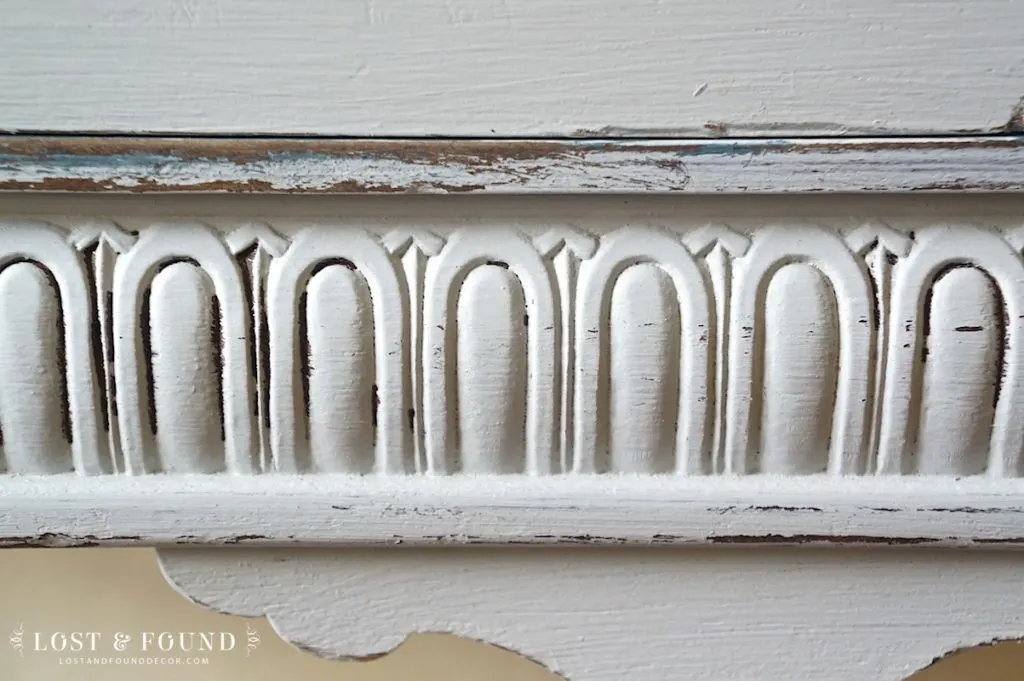
Can You Antique Fusion Mineral Paint? Yes. Fusion can be topped with any other brand dark wax or glaze, or with Fusion’s own brand of Antique Glaze. You can also apply clear wax or poly to the top of Fusion if you would like to increase its sheen.
Is Fusion Mineral Paint Waterproof? Amazingly, yes! With no topcoat at all Fusion will dry and cure up to be waterproof in normal use. I had a customer who painted a dresser on her porch and left it overnight, only to discover in the morning it had been rained on. The finish though was completely intact and all of the water just wiped right off!
Because Fusion is formulated using acrylic resin as its base, it is not porous like a chalk-type paint. The acrylic resin seals the paint and bonds it to the wood, providing a great level of durability.
Is Fusion Mineral Paint Stain Proof? Yes! For the same reasons as it’s waterproof, Fusion is excellent at repelling stains. Dirt and other grime can be wiped off with mild soap and water.
Does Fusion Require Sealing with a Topcoat Product? No! Again, the acrylic resin in Fusion seals the paint without any topcoat. If you want to add a topcoat for added sheen or for additional durability in a high traffic area, you certainly can. But there is no waxing required to finish off your Fusion project.
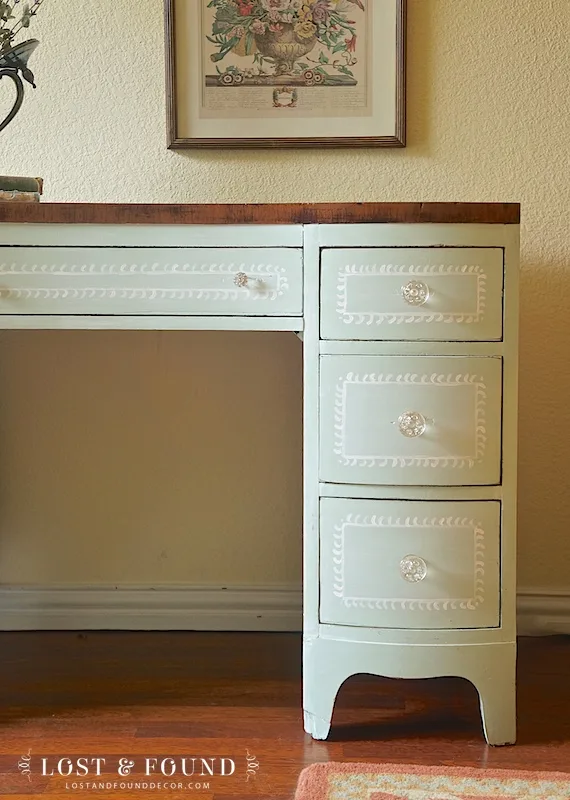
What Does Fusion Mineral Paint Cost? Fusion is sold in pints, rather than quarts, to help provide the average customer with the amount of paint they will need for an average project (rather than having a lot left over from a quart).
One pint of Fusion costs $20.99. And remember, there is not the additional cost of purchasing a wax to finish your project required either. Fusion test sizes are also available and only $5. With the tester size you can paint a mirror or several picture frames, depending upon the color you pick and the finish of what you are painting.
I can do everything I used to do with chalk-type paint now with Fusion, but for less money and in less time.
I really do enjoy working with the product and have loved helping other people discover it!
Thanks for letting me share!

Linking up to: Project Inspired, Wow Us Wednesdays
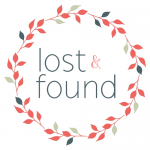

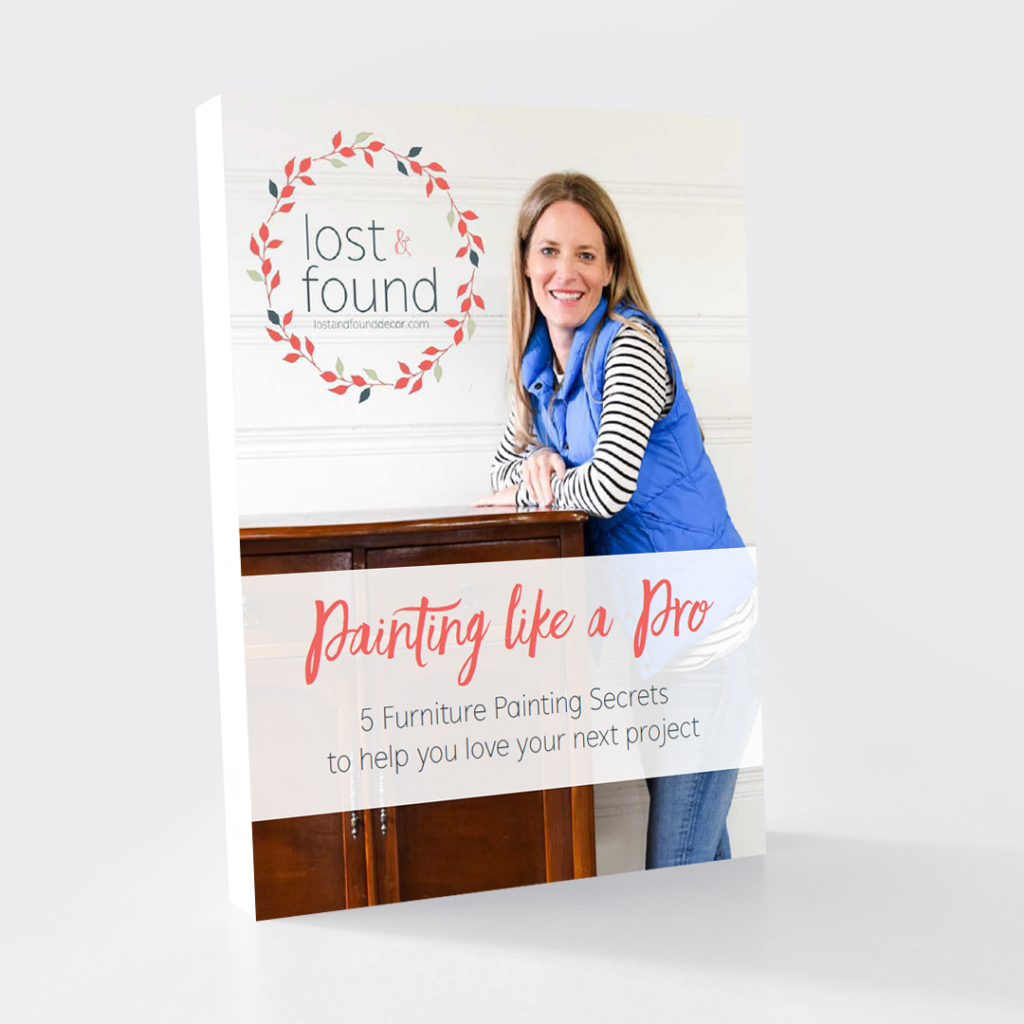
vicki
Tuesday 26th of September 2023
i have a pie safe painted with fusion paint. i hate the color, too bright, no where near me to buy fusion paint. what can i paint over it with,
Melanie Alexander
Wednesday 27th of September 2023
Hi Vicki. You can paint over it with pretty much any other paint you like, as long as you have no applied any wax or oil based topcoat. I would follow the prep directions for the other line you choose, which will probably include wiping down the piece with a degreaser and possibly a light scuff sanding. If you did apply some wax or any other oil-based topcoat, you will need to remove the wax first with a mineral spirit solvent, or prime over the oil-based topcoat with a bonding primer.
Delna
Sunday 20th of November 2016
Hi Very enlightening article! I am from new zealand, any idea whether they sell fusion paints there ?
Melanie
Monday 21st of November 2016
Hi Delna! If you go to FusionMineralPaint.com you can search for a local retailer by zip code. There are several retailers in Australia, I know for sure!
Vicki Norris
Sunday 6th of November 2016
Can you paint fabric with fusion paint?
Melanie
Monday 7th of November 2016
Yes you can Vicki. Finish it off with a light coat of wax to add a touch of softness to the finish. Works great!
How to paint your kitchen cabinets with Fusion Mineral Paint - northstory
Thursday 15th of September 2016
[…] and so on. Well Fusion Mineral Paint isn’t a chalk paint at all. In fact, go and check out Lost and Found Decor’s post about the differences between Chalk Paint and Fusion Mineral Paint and all the other user […]
Marlene Spliethoff
Monday 25th of July 2016
Hello Melanie, I'm looking to paint my daughter's oak kitchen cabinets. They are around 30 years, old but in great shape. Would you recommend Fusion paint and how much would I need for a average size kitchen? Also should I clean them first with TSP or similar product to remove grease?
Melanie
Tuesday 2nd of August 2016
Hi Marlene! I've actually written 2 posts about using Fusion on cabinetry--how it compares to other paints I've used and how to prep for using Fusion. You can find those here and here. I have used Fusion on 3 sets of cabinetry and have loved the results, although there are benefits to using a hardware store brand paint as well if you're looking for a specific color match or glossy finish. I think you will find the answers to your questions in those posts though, and if not, please feel free to email me with any more you may have! Thank you for stopping by :)
Jennifer Padden
Monday 1st of August 2016
Oh I'm anxious to hear the answer for this question as well. I'm planning to do my kitchen cupboards as well with the fusion paint. They aren't real wood but they'll have grease buildup so is just a bit of sanding & cleaning with mineral spirits be all that's needed to prep? Also will more than one coat be needed? Will a sealant be needed at the end?